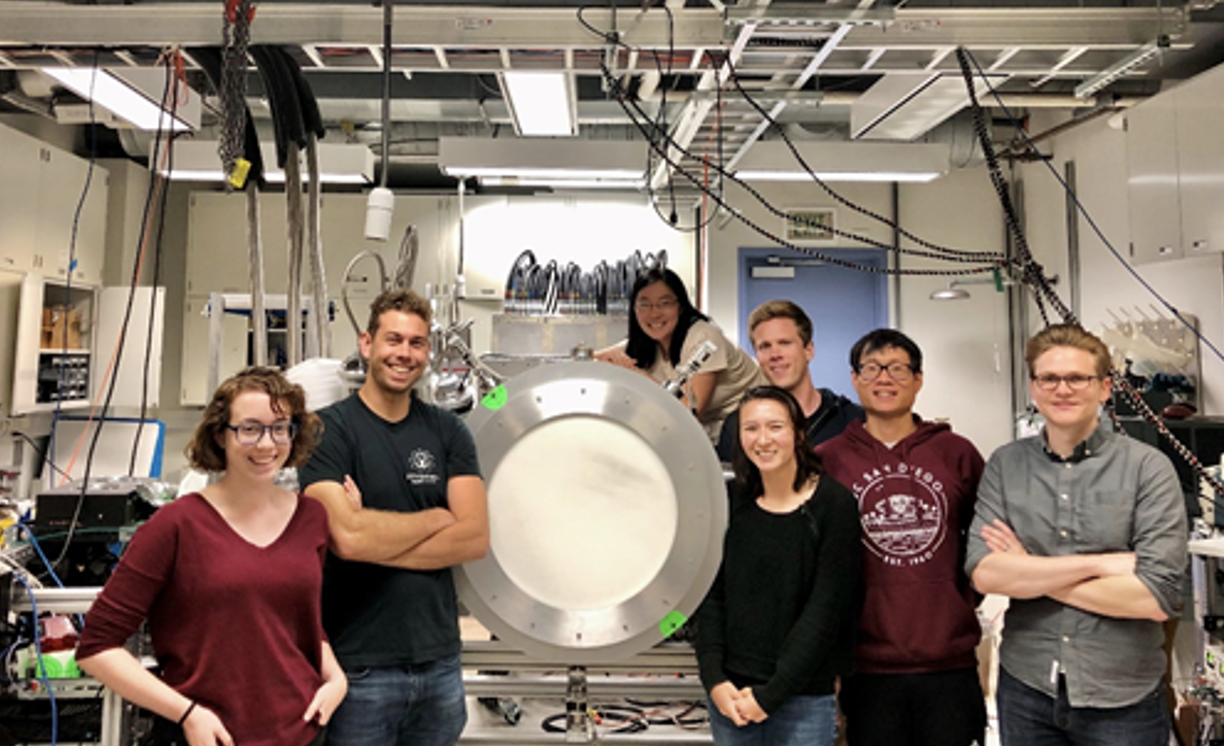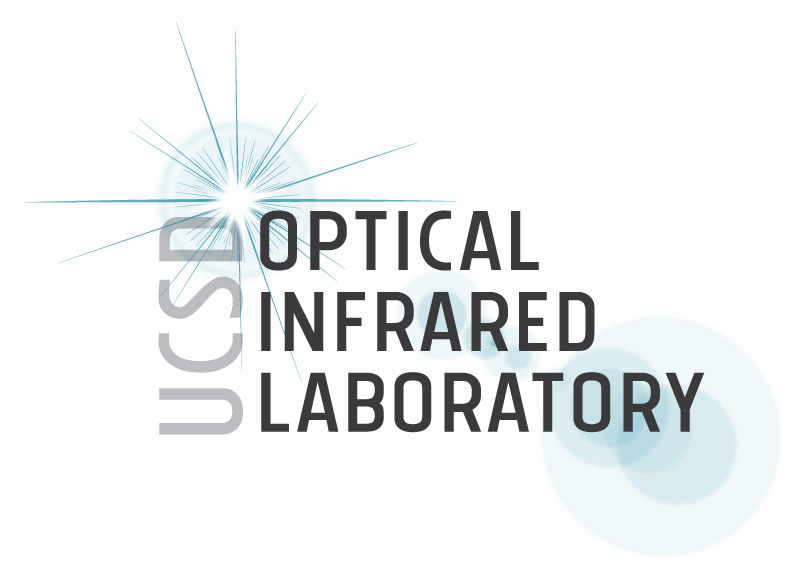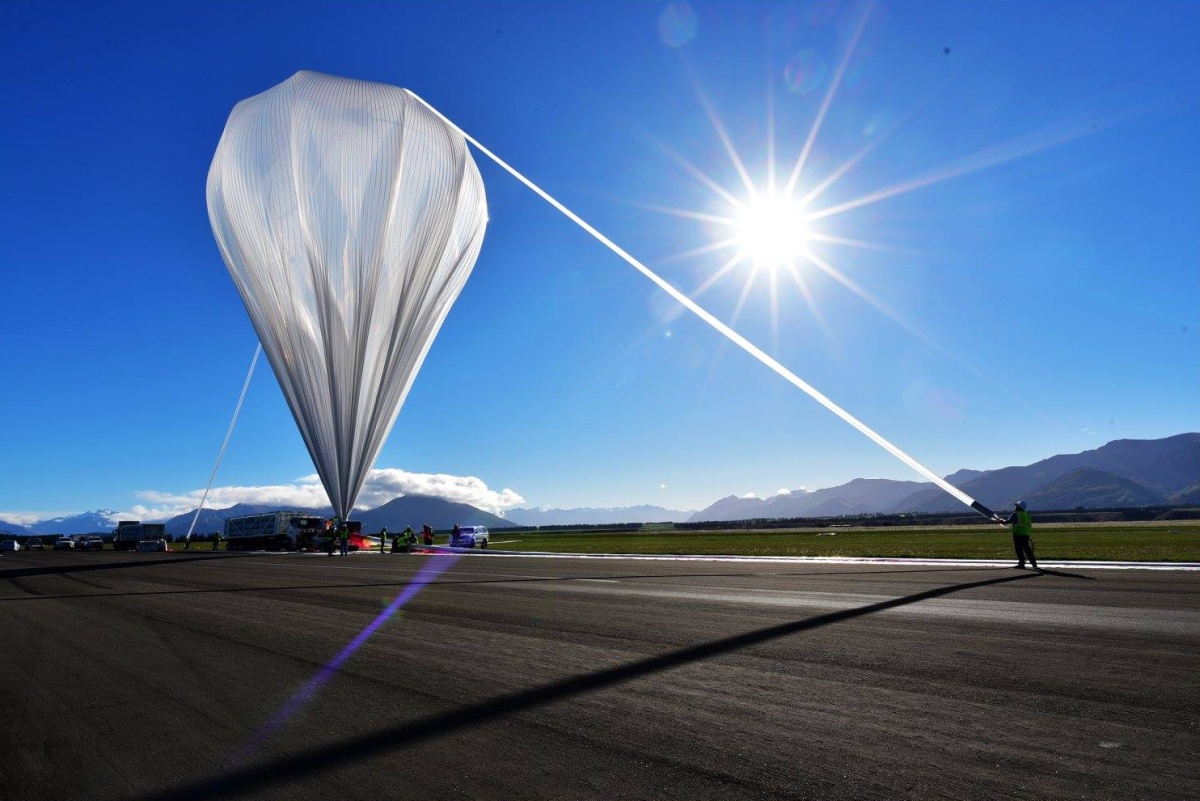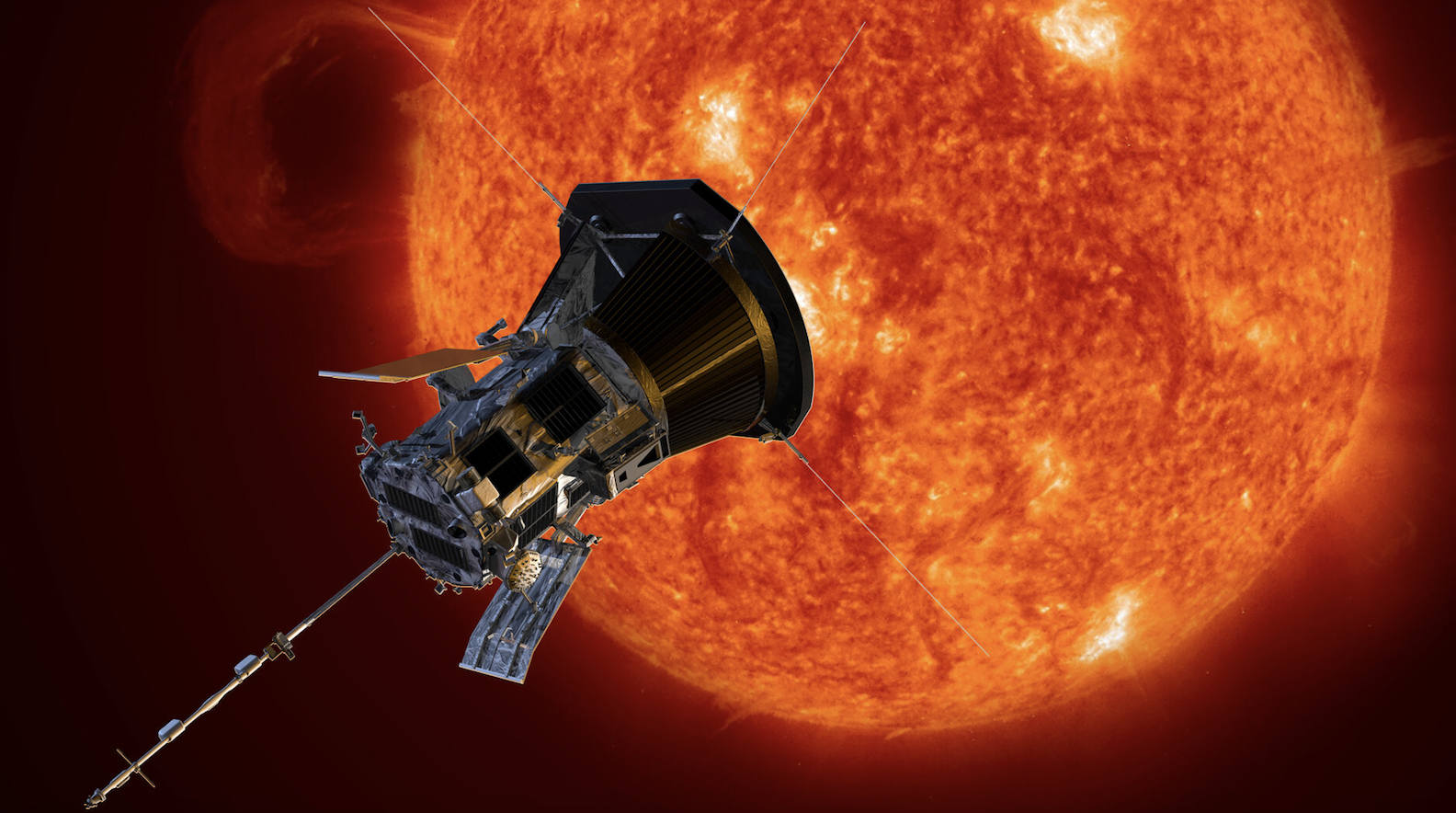Research
- Research Areas
- Laboratories & Facilities
- Observatories & Collaborations
- Postdoctoral Scholars
- 51 Peg b Fellowship
- Burbidge Visiting Professorship
The observational, experimental, and theoretical research described in Research Areas is conducted in world-class research facilities on the UC San Diego campus and world-wide observatories.
University of California San Diego is part of the multi-research unit (MRU) University of California Observatories that manages and facilitates operation of W. M. Keck Observatory and Lick Observatory.
A majority of the instrumentation laboratory facilities are in the Science & Engineering Research Facility (SERF) building. This building is centrally located on campus next to the Price Center and a 3 minute walk to the campus trolly stop. Laboratories in the SERF building being lead by Physics & Astronomy faculty include the following.

In these labs, graduate students work with postdoctoral scholars, engineers, and faculty to test detectors at cryogenic temperatures (below 0.1 Kelvin), and assemble entire mm-wave instruments that deploy onto the telescopes in Northern Chile to observe the Cosmic Microwave Background. PIs: Professor Kam Arnold and Professor Brian Keating.

The UC San Diego OIRlab designs, builds, and deploys optical and infrared astronomical instrumentation and conducts technology development for large ground-based telescopes at W. M. Keck Observatory, Lick Observatory, and future Thirty Meter Telescope. Graduate students work with staff researchers, engineers, postdocs, and undergraduates. PI: Professor Shelley Wright.
UC San Diego has a long-history of designing X-ray satellites and Gamma-ray instrumentation. Today, active balloon-borne gamma-ray satellites are being designed and built at UCSD with detector testing and instrument development. Gamma-ray programs are active in Compton Spectrometer and Imager (COSI), GAP experiment, and NuStar. PI: Professor Steve Boggs


UC San Diego researchers contribute to space, balloon, and ground-based instrumentation to study solar physics and space weather. This includes radio observatories operated by Nagoya University in Japan; LOFAR, operated by Astron in The Netherlands; and the MWA, a pathfinder for SKA in Australia. In space, facilities include the NASA STEREO spacecraft, the ESA/NASA Solar Orbiter, the ESA/JAXA BepiColombo, and NASA's Parker Solar Probe. PI: Dr. Bernard Jackson
Each of these laboratories are collaborative and mutually share equipment and multi-purpose facilities. We share a small machine shop in SERF used by graduate students and postdoctoral scholars for immediate-need machining tasks, and two shared clean room spaces (class 1,000 and class 10,000) used for optical component assembly and wirebonding of cryogenic detector components. For large instrument assemblies we also make use of a large High Bay facility that is adjacent to the SERF building. The High Bay Physics Laboratory, located directly adjacent to the Science and Engineering Research Facility, which has a 5-story height with over head cranes to support the integration of atmospheric balloons and large telescopes. This space is currently being used by the Experimental Cosmology Laboratory for integration of the first-light instrument for Simons Observatory.
San Diego Supercomputer Center (SDSC) is a national supercomputer center that is under a cooperative agreement by the National Science Foundation (NSF) in collaboration with UC San Diego and General Atomics (GA) Technologies. SDSC mission is to provide innovative and accessible cyberinfracture to yield excellence in scientific inquiry and discovery. Prof. Mike Norman (Former SDSC Director) and Prof. Dusan Keres are active participants of the SDSC.
The Astronomy Laboratories make use of machine shops across UC San Diego campus. The Physics Department hosts a student-operated machine shop for graduate students to be trained for operation. For professional machining jobs we make use of the Campus Research Machine Shop (CRMS), which provides machining and design help capabilities to the campus community, and the Scripps Institute of Oceanography Research & Development Machine Shop, which has large-scale machining capability useful for larger instrument pieces.
The Nano3 Microfabrication Facility, which hosts a full set of clean rooms and microfabrication, micromachining, and inspection tools for microlithography processes. Nano3 offers clean room training and safety courses for campus personnel.